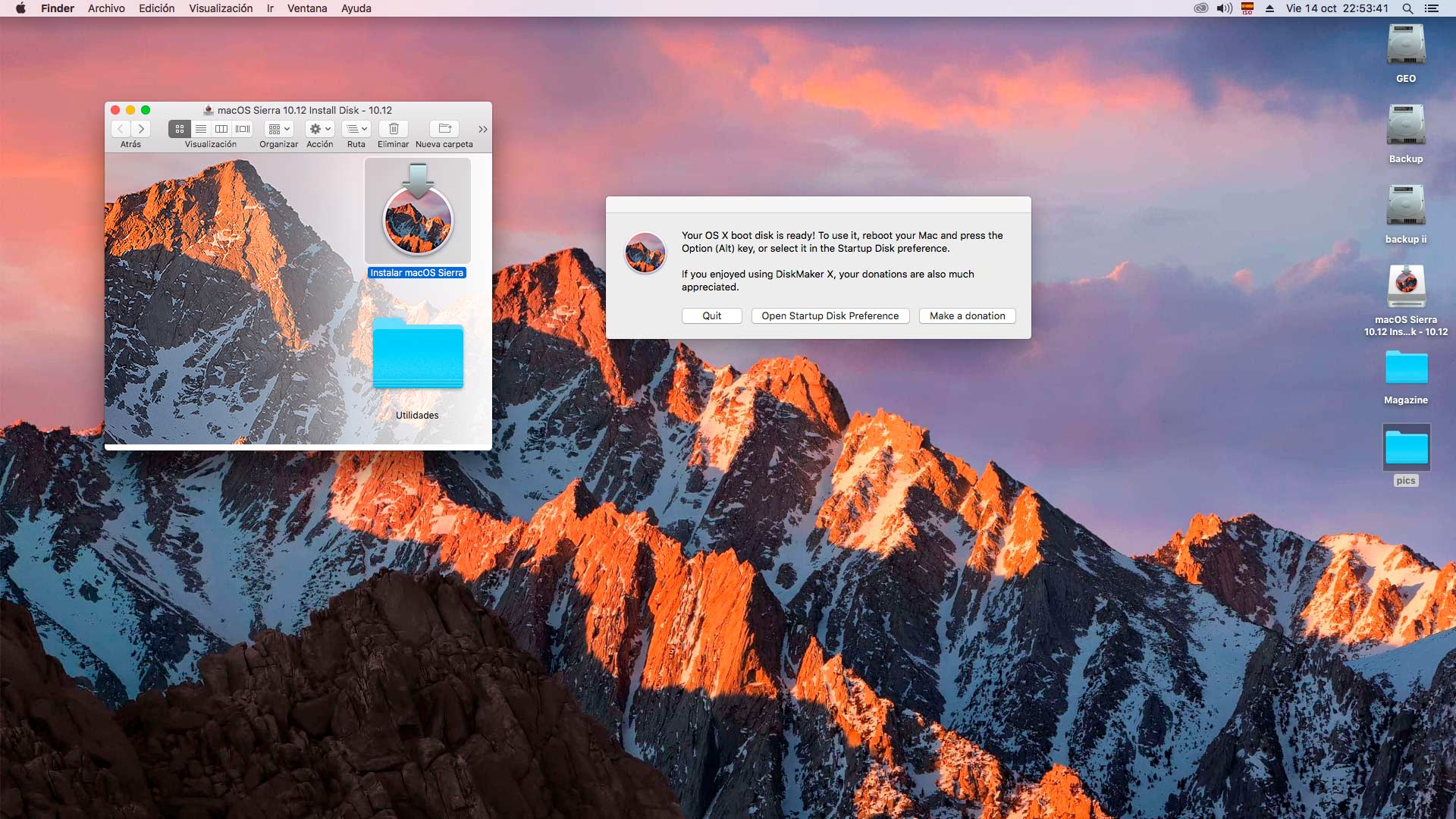

Clone the boot drive to any spare external drive.
#CLEAN INSTALL MACOS HIGH SIERRA UPGRADE#
Safest because if something goes awry, the upgrade can be dropped without changing what you already have: The way that I strongly suggest doing this is the safest and easiest. Safest way to upgrade to macOS High Sierra without APFS

Since this is met with so much opinion, others suggest: No-one really knows for how long this principle will hold true but currently this is the case for both kinds of drives: rotational magnetic and solid state drives. No external drives will currently be converted to APFS when installing macOS 10.13. first installing onto a very fast external drive. It might be actually faster in this way, if the options involve a slow USB-stick you have to prepare for this with createinstallmedia and then install from there vs. If the goal of the whole procedure is a "clean install" anyway then this is less of a detour as it may seem. Once the clone is back on an SSD the filesystem will stay at HFSplus. (Or a traditional HDD on larger desktop machines and laptops that were modified to have these drives in addition to SSDs.)įrom the external drive this installation can then be cloned back to the main internal boot drive (preferably after the boot drive is erased). One method to prevent an automatic conversion when installing High Sierra is to redirect the install onto an external drive first. Sources report that the command (in the Beta version) doesn't do anything on the first execution but on the second. installpackage, the path of a package to install after the OS installation is complete this option can be specified multiple times. converttoapfs, specify either YES or NO on if you wish to convert to APFS. To bypass "rebootdelay" send SIGUSR1 back to startosinstall. pidtosignal, Specify a PID to which to send SIGUSR1 upon completion of the prepare phase. This delay is in seconds and has a maximum of 300 (5 minutes). rebootdelay, how long to delay the reboot at the end of preparing.
#CLEAN INSTALL MACOS HIGH SIERRA LICENSE#
agreetolicense, agree to license the license you printed with -license. license, prints the user license agreement only. applicationpath, a path to copy of the OS installer application to start the install with. It should work by exiting any High Sierra installer GUI and starting the install from the command line: /Applications/Install\ macOS\ High\ Sierra.app/Contents/Resources/startosinstall -converttoapfs NOįurther install options can be obtained by using the -usage argument:


 0 kommentar(er)
0 kommentar(er)
